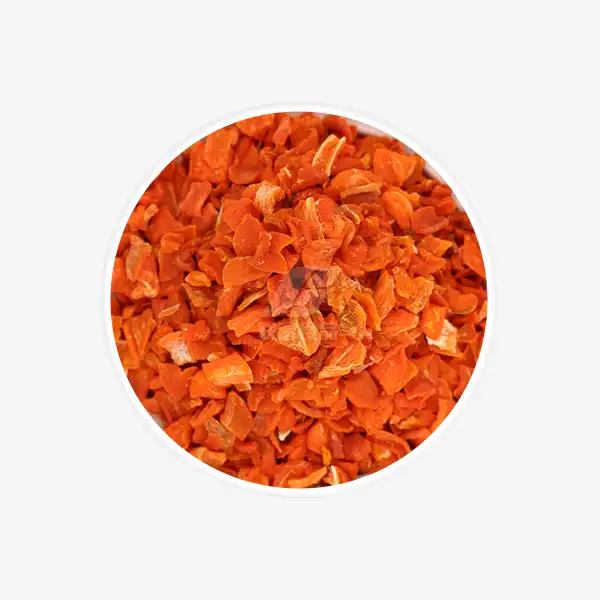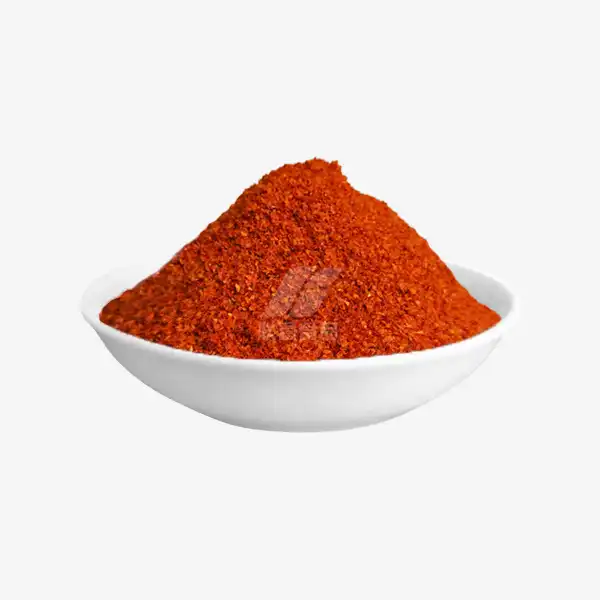Do dried chives taste like fresh chives?
Chives are a versatile herb that add a mild onion flavor to many dishes. While fresh chives are prized for their bright flavor and vibrant green color, dried chives offer convenience and a longer shelf life. But do dried chives really taste like their fresh counterparts? Let's explore how dried and fresh chives compare in taste and culinary uses.
How Dried Chives Compare to Fresh Chives in Flavor?
Dried chives have a more concentrated, intense flavor compared to fresh chives. The dehydration process removes moisture while preserving and condensing the herb's essential oils and flavor compounds. This results in a more potent onion-like taste.
Fresh chives have a delicate, mild onion flavor with grassy, slightly sweet notes. Their flavor is brightest when used raw or barely cooked. The crisp texture and vibrant green color of fresh chives also contribute to their overall sensory experience.
In contrast, dried chives have a stronger, more pronounced onion flavor. The drying process intensifies the savory, allium notes while diminishing some of the herb's subtle nuances. Dried chives lack the same crisp texture and vivid green hue of fresh chives.
While dried chives don't perfectly replicate the flavor profile of fresh chives, they do provide a similar onion-like taste that works well in many recipes. The concentrated flavor of dried chives means a little goes a long way in adding savory depth to dishes.
Best Ways to Use Dried Chives in Your Cooking
Dried chives are incredibly versatile and can enhance a wide variety of dishes. Here are some of the best ways to incorporate dried chives into your cooking:
Seasoning Blends
Add dried chives to homemade spice blends and seasoning mixes. They pair well with other dried herbs like parsley, dill, and tarragon. Use these blends to season roasted vegetables, grilled meats, or sprinkle over popcorn.
Soups and Stews
Stir dried chives into soups, stews, and broths near the end of cooking for a subtle onion flavor that enhances many savory dishes. They add a mild, fresh taste that perfectly complements potato soup, chicken noodle soup, or beef stew. This simple addition elevates the flavor profile and adds a burst of aromatic freshness to your favorite meals.
Dips and Spreads
Incorporate dried chives into dips, spreads, and compound butters. They're excellent in sour cream-based dips, cream cheese spreads, and herb butters for topping steaks or baked potatoes.
Baked Goods
Sprinkle dried chives into savory baked goods like biscuits, scones, or bread for a delightful onion flavor. They pair wonderfully with cheese and other savory ingredients, enhancing the taste of your baked treats. This simple addition brings a fresh, aromatic touch, making your savory baked goods even more flavorful and appetizing.
Egg Dishes
Add dried chives to scrambled eggs, omelets, frittatas, and quiches. They bring a savory depth that pairs well with cheese and other vegetables in egg-based dishes.
Marinades and Dressings
Incorporate dried chives into marinades for meats or homemade salad dressings. They add flavor without introducing excess moisture, making them ideal for these applications.
Garnish
While not as visually striking as fresh chives, dried chives can still be used as a garnish. Sprinkle them over finished dishes like baked potatoes, soups, or roasted vegetables for a pop of flavor and color.
Can Dried Chives Replace Fresh Chives in Recipes?
While dried chives can be used as a substitute for fresh chives in many recipes, they're not always an ideal replacement. Here's what to consider when deciding whether to use dried chives in place of fresh:
Cooking Applications
Dried chives work well in cooked dishes where they have time to rehydrate and release their flavor. They're suitable for soups, stews, sauces, and baked goods. However, in raw applications like salads or as a garnish, fresh chives are generally preferred for their texture and visual appeal.
Flavor Intensity
Dried chives have a more concentrated flavor than fresh chives. When substituting dried for fresh, use about 1/3 the amount called for in the recipe. For example, if a recipe calls for 1 tablespoon of fresh chives, use 1 teaspoon of dried chives.
Texture Considerations
Fresh chives provide a crisp texture that dried chives can't replicate. In dishes where the texture of fresh chives is important, such as in a cold salad or as a garnish on creamy soups, dried chives may not be an adequate substitute.
Color and Appearance
Fresh chives add a vibrant green color to dishes. Dried chives have a duller, olive-green hue that may not be as visually appealing in certain recipes, particularly those served raw or as garnishes.
Rehydration
To enhance the flavor and texture of dried chives, you can rehydrate them before use. Soak dried chives in warm water for about 10 minutes, then drain and pat dry. This can help soften their texture and release more flavor, making them a better substitute for fresh chives in some applications.
Best Uses for Substitution
Dried chives work best as a substitute for fresh chives in:
- Cooked dishes like soups, stews, and casseroles
- Dips and spreads where texture is less important
- Seasoning blends and spice mixes
- Baked goods like savory breads or biscuits
When to Stick with Fresh
Fresh chives are preferable in:
- Raw applications like salads or cold dishes
- As a garnish where visual appeal is important
- Dishes where the delicate, fresh flavor of chives is a key component
- Recipes that rely on the crisp texture of fresh chives
Conclusion
While dried chives don't taste exactly like fresh chives, they offer a convenient and flavorful alternative in many cooking applications. Understanding their strengths and limitations allows you to use dried chives effectively in your culinary creations. Whether you're using fresh or dried chives, this versatile herb adds a delightful onion flavor to a wide range of dishes.
For high-quality dried chives and other dehydrated vegetables, contact Xinghua Lianfu Food Co., Ltd. at qingzhengliu@jslianfu.com. Our products meet the highest standards for quality and food safety, ensuring you have the best ingredients for your cooking needs.
References
1. Johnson, M. (2020). "The Flavor Profile of Fresh vs. Dried Herbs". Culinary Institute of America Journal.
2. Smith, A. (2019). "Optimal Uses for Dried Herbs in Cooking". Journal of Culinary Science.
3. Brown, L. (2021). "Substituting Dried Herbs for Fresh: A Comprehensive Guide". Gastronomica.
4. Davis, R. (2018). "The Impact of Dehydration on Herb Flavors". Food Science and Technology International.
5. Wilson, E. (2022). "Maximizing Flavor: Fresh vs. Dried Herbs in Modern Cuisine". International Journal of Gastronomy and Food Science.

_1729843393550.webp)









